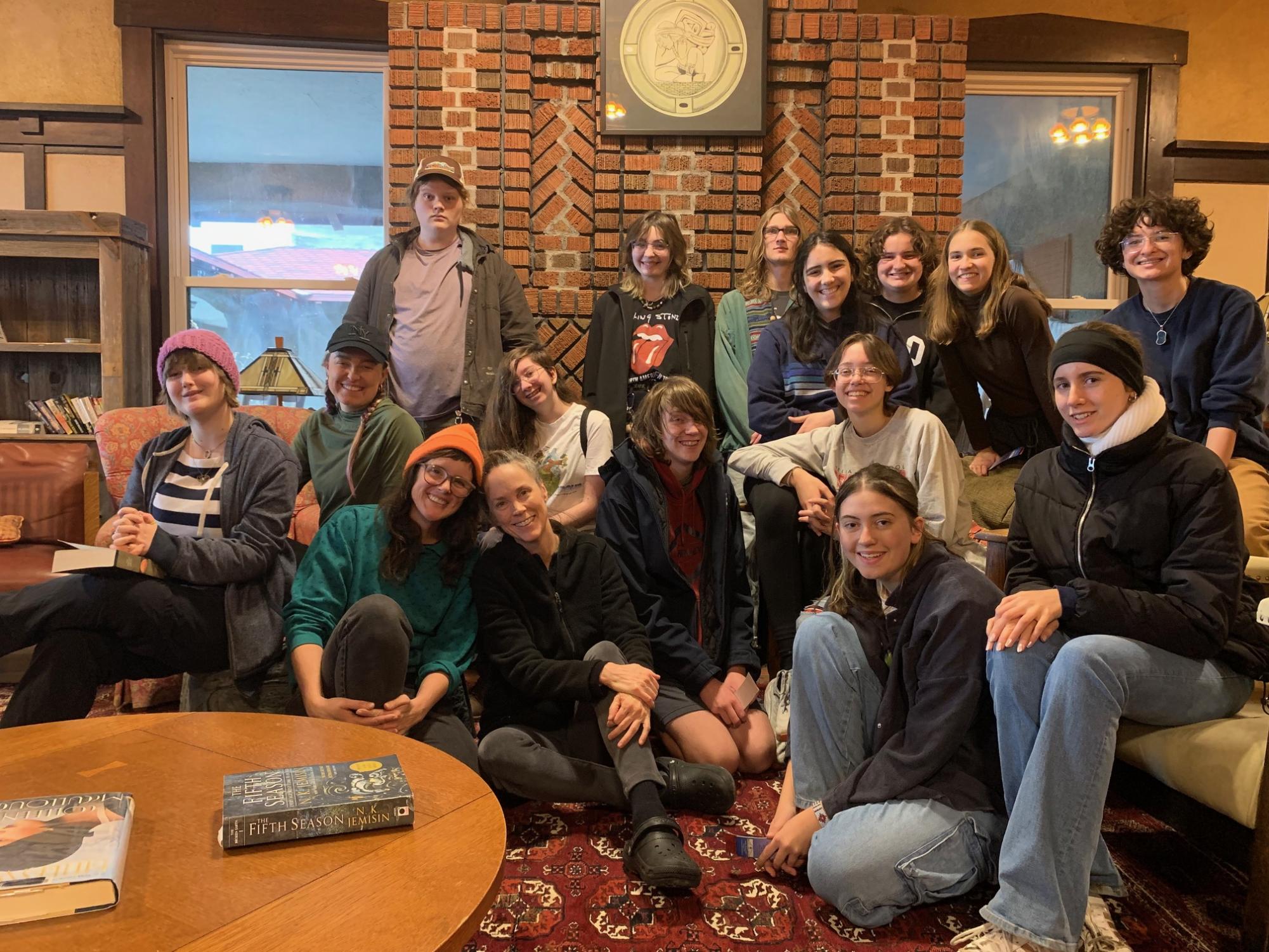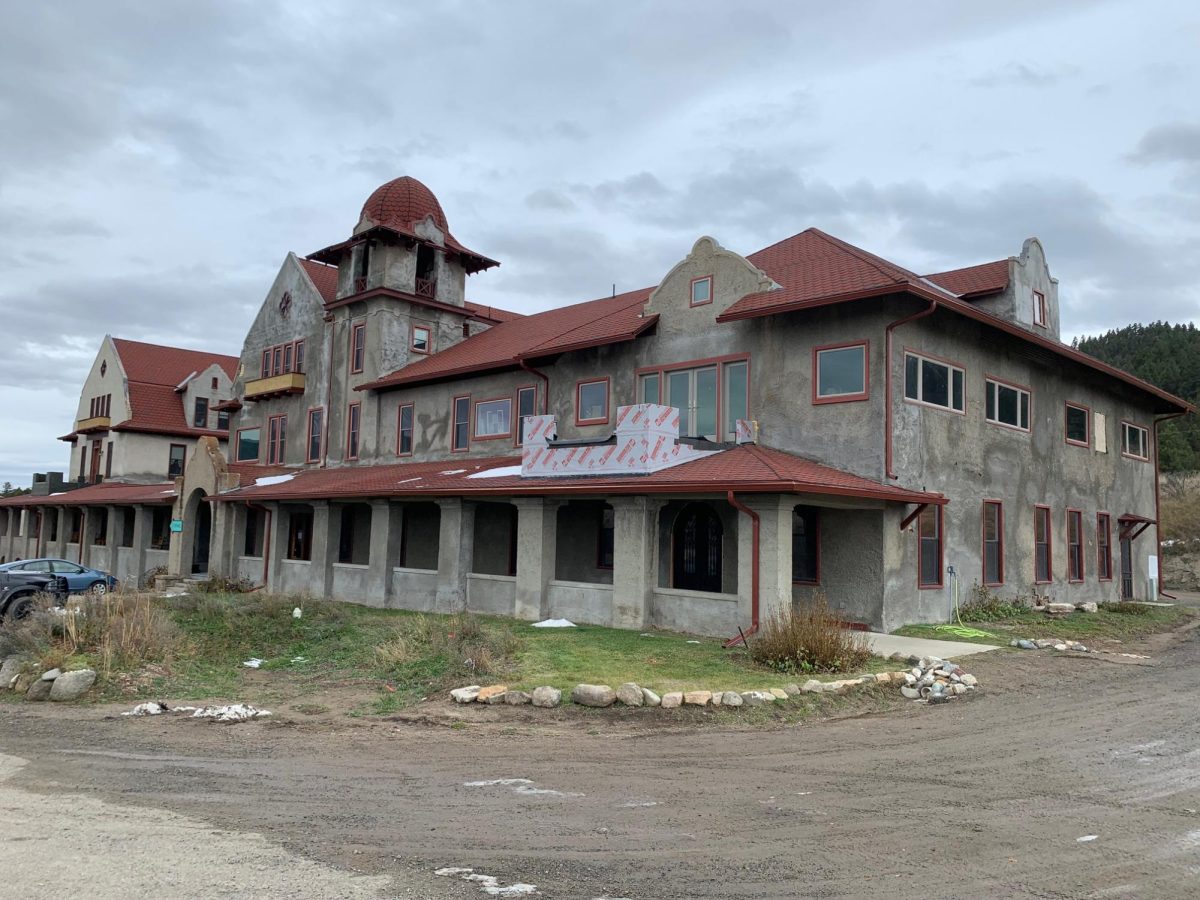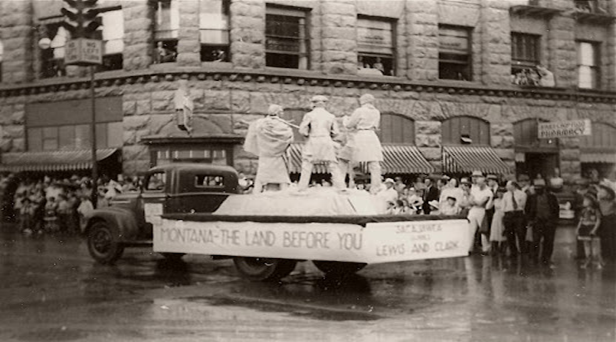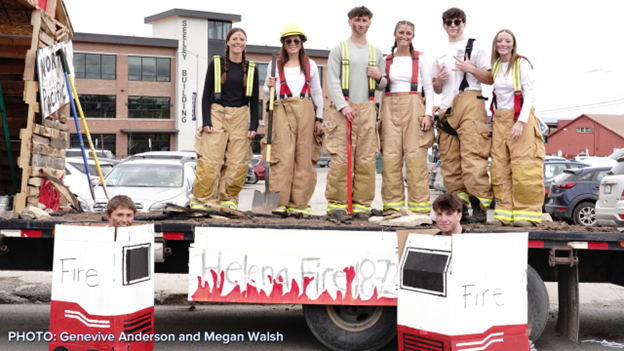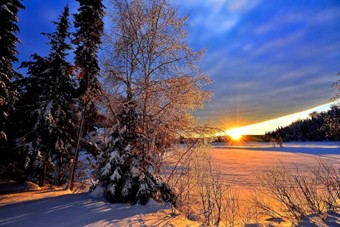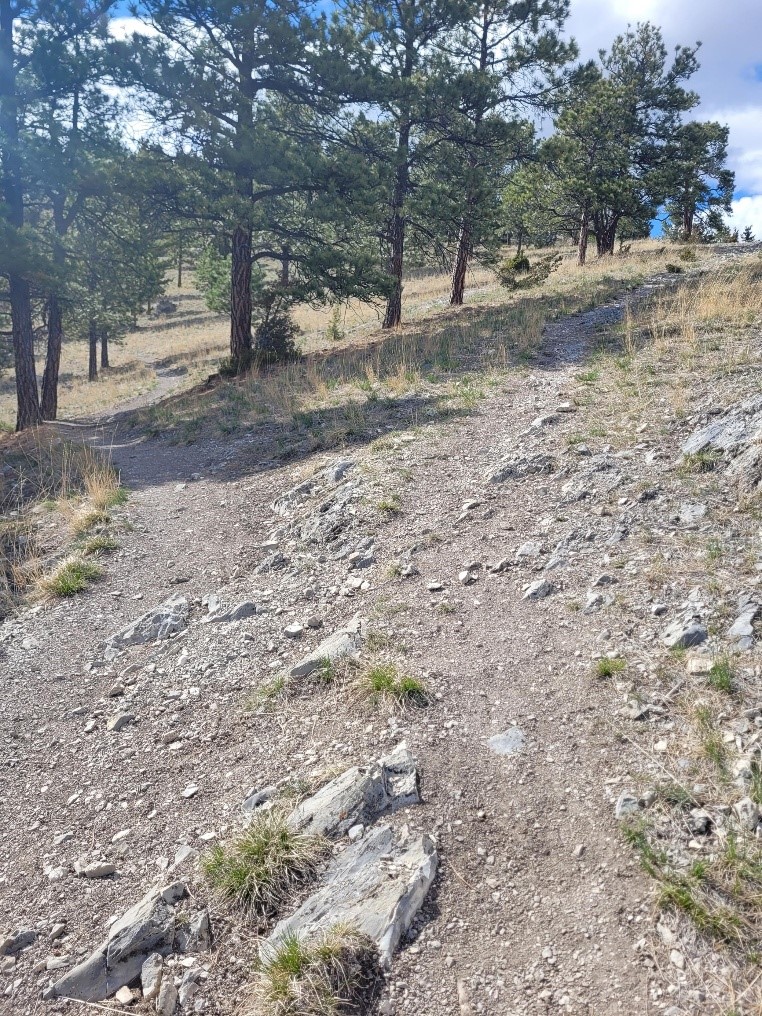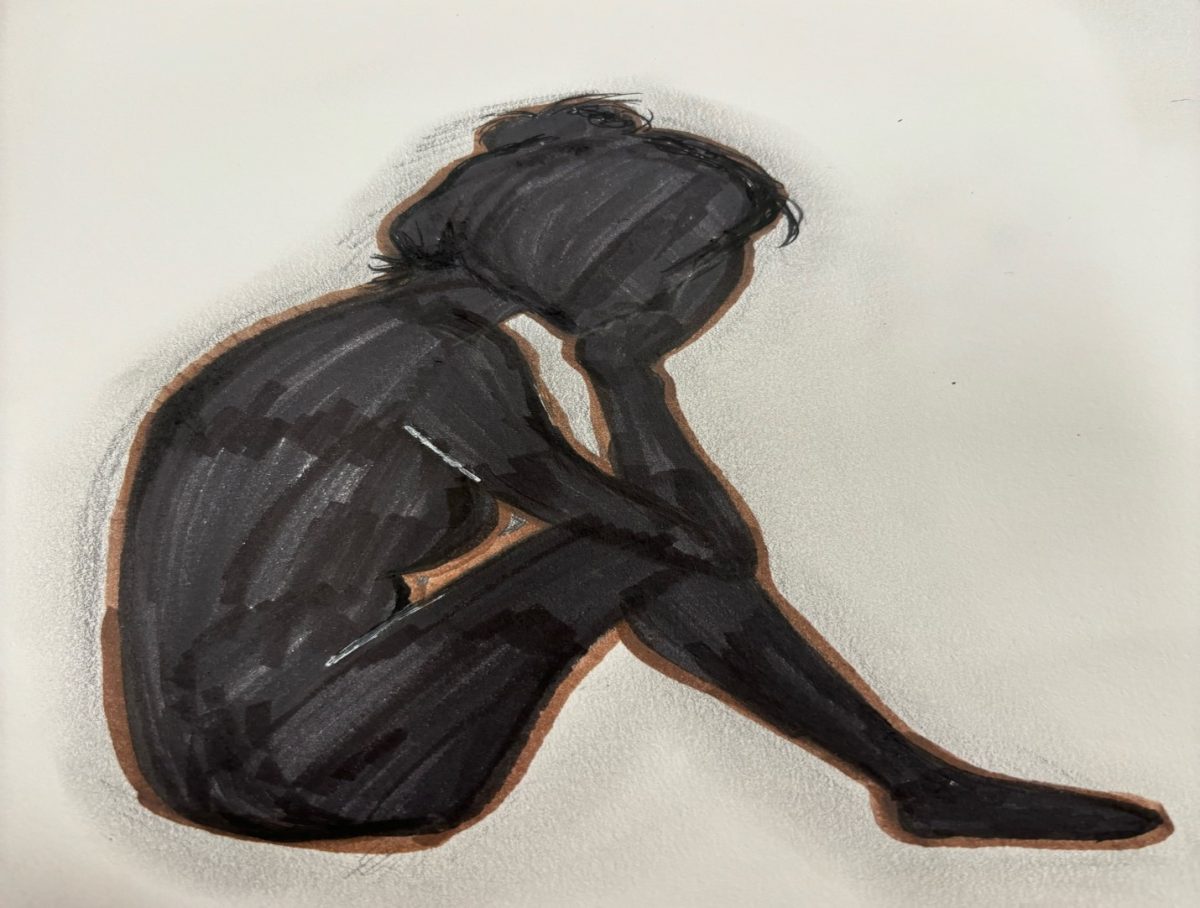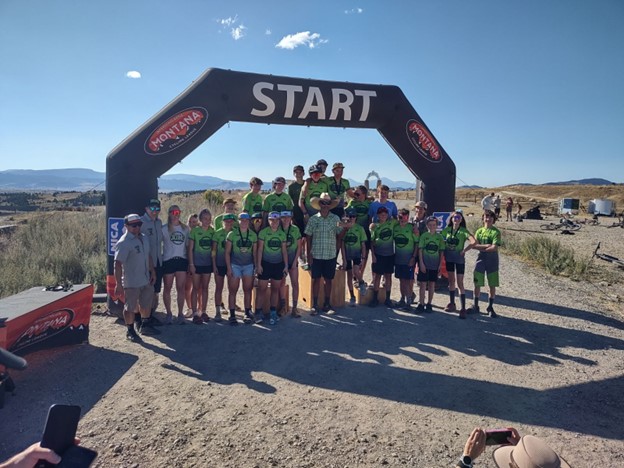On Saturday, November 4, Green Group traveled to Boulder Hot Springs in Boulder, Montana. The group rented out an area in the historic lodge to eat and hear from Makenna Sellers, the director of the Montana Renewable Energy Association, who talked about wind, solar, and geothermal energy and the applications of these renewable technologies.
The lodge was an ideal setting for this talk because it’s entirely heated by geothermal energy, including the chicken coop.
“Magma heats up water underneath the surface, and we can use that with pipelines to create steam, or use for direct heating of houses, or these hot springs,” Ms. Sellers explained. She also discussed other renewable forms of energy, stating that solar energy production in Montana was relatively low, but wind energy was higher and growing. “Montana has high wind potential; I think we’re rated #5 in potential. That doesn’t mean we’ve built it, but we have a high potential.”
The main appeal, however, was the hot springs behind the lodge. Boulder Hot Springs offers a natural geothermal pool outside, as well as mineral baths and steam rooms inside.
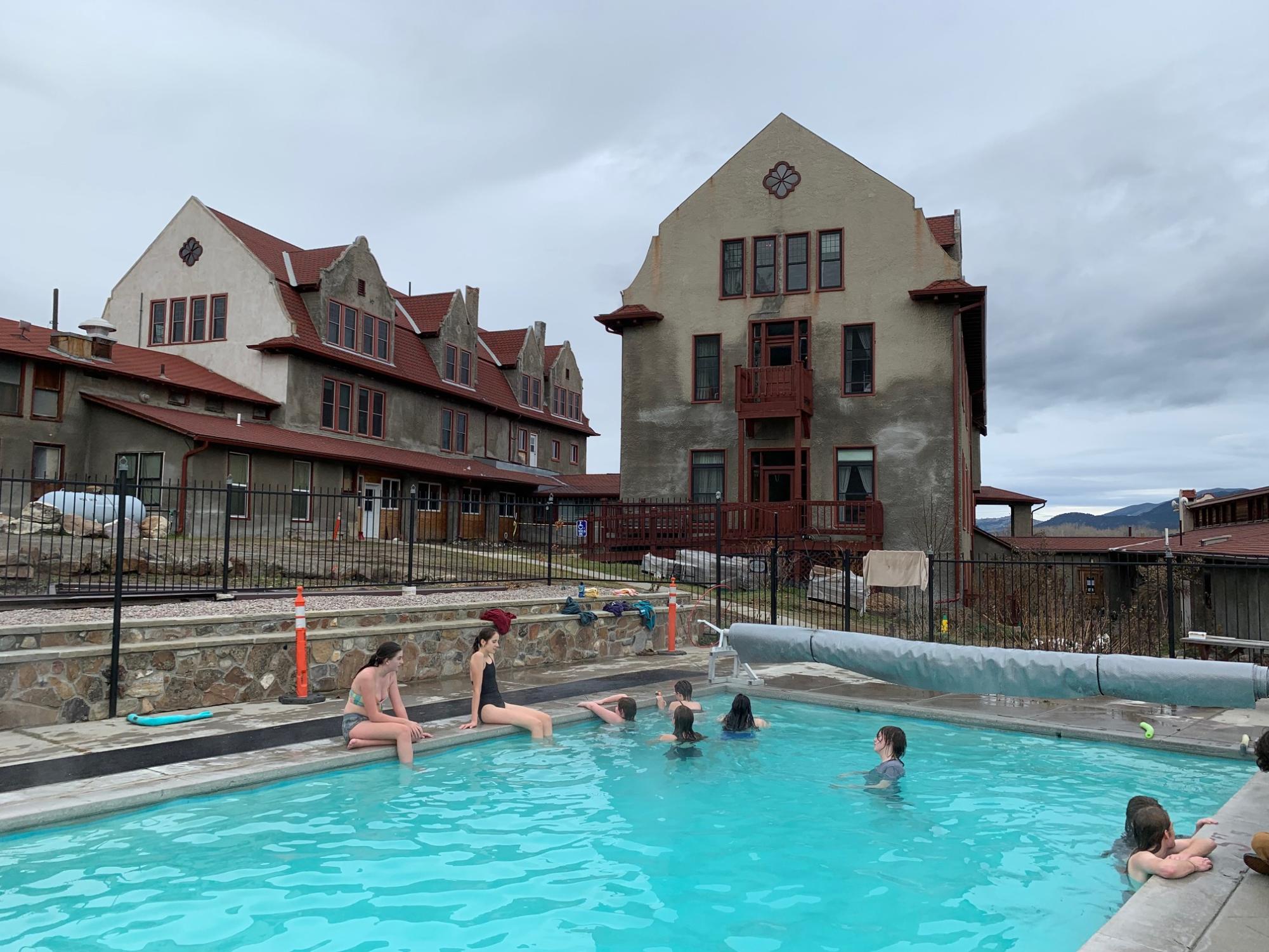
The history of the lodge is long, spanning just under 200 years, according to the Boulder Hot Springs website. Constructed in 1863 by James E. Riley, it was originally a saloon and bathhouse. In 1881, the hotel was expanded to fit 50 people, but Riley died that September. In 1890 a new owner secured a ten-year lease on it, and expanded once again, with a Victorian theme.
The hotel changed ownership many times, and eventually in 1909, a millionaire named James A. Murray purchased the hot springs. Another renovation later, it was decorated, and resembled a Spanish missionary. James A. Murray died, and the hot springs were given to his nephew, James E. Murray, who worked in the building until selling it to C.L. Smith in 1940. Smith changed the hotel name to Diamond S Ranchotel, which is how it was known for the next 35 years.
C.L. Smith sold the hotel to Mrs. and Mr. Albert Lane, who turned it into a working cattle ranch. From 1965-1972 the hotel was bought by Willard Mack and Robert Ryan, who subsequently subdivided the property. The next owner, Stuart Lewin, decided to change the name back to Boulder Hot Springs, and attempted to make the hotel profitable for the next eleven years. Forced to foreclose, it was given back to its former owners. In 1990, the hot springs were bought by Anne Wilson Schaef, and then transferred to a Limited Partnership. This is who owns the springs now.
What’s scarier than an old hotel? An old hotel with, you guessed it, a friendly ghost. General Manager Kerri Kumasaka told us all about Simone. She was reportedly stabbed by a Billings mining executive, behind the counter area in the oldest part of the hotel. She’s been seen a few times and has messed with the few odd photos taken by tourists, showing up as a light in the images. It’s a touch surprising that she isn’t angrier that she was murdered, but hey, die and forgive, am I right? Anyway, the hotel managers took advice from tribal leaders, and they leave food out for her every night. Does she eat it? I don’t know, I forgot to ask.
The springs have been refurbished, with the bathhouses being tiled and a new and improved heating system installed. Cold plunges, outdoor pools and indoor steam rooms are available to guests. Boulder Hot Springs takes care to use “green” practices whenever, possible, and has won several Eco-Star awards.
No doubt, the best part of the trip was lunch. The group all made sandwiches, and took lemonade that was so sweet, it was bitter. Grapes so hard and delicious that they broke my brace wire. Oh, and we listened to the Ms. Sellers talk all about how the advancement of geothermal energy opens new possibilities for heating buildings and generating electricity.
The lodge even had a ballroom! Well, more of an impromptu ballroom. Most of the group started dancing when in the room. It was the dining room, and in former days, the hotel fed hundreds of people at one time! Watching the students dance impromptu, Mrs. Van Alstyne noted that “There appears to be some overlap between Green Group and Theatre.”
